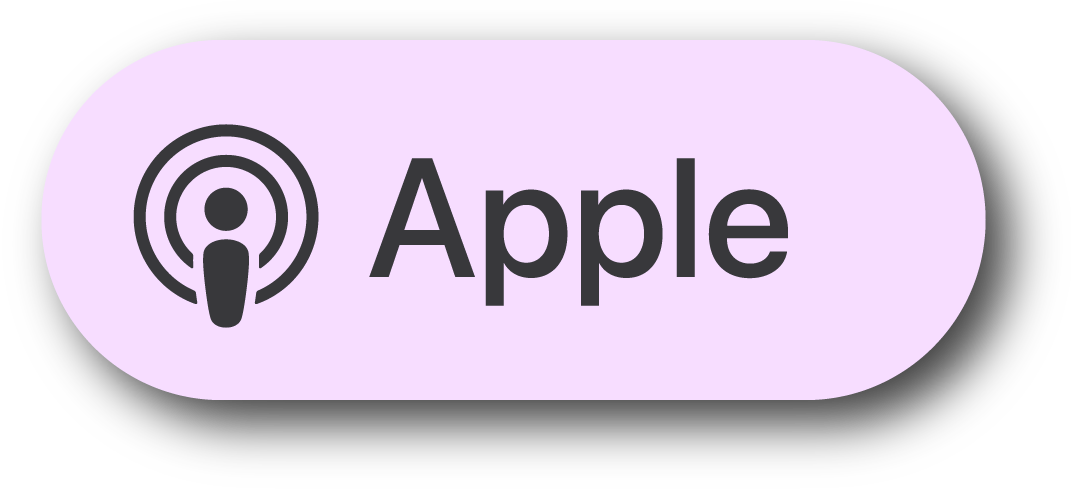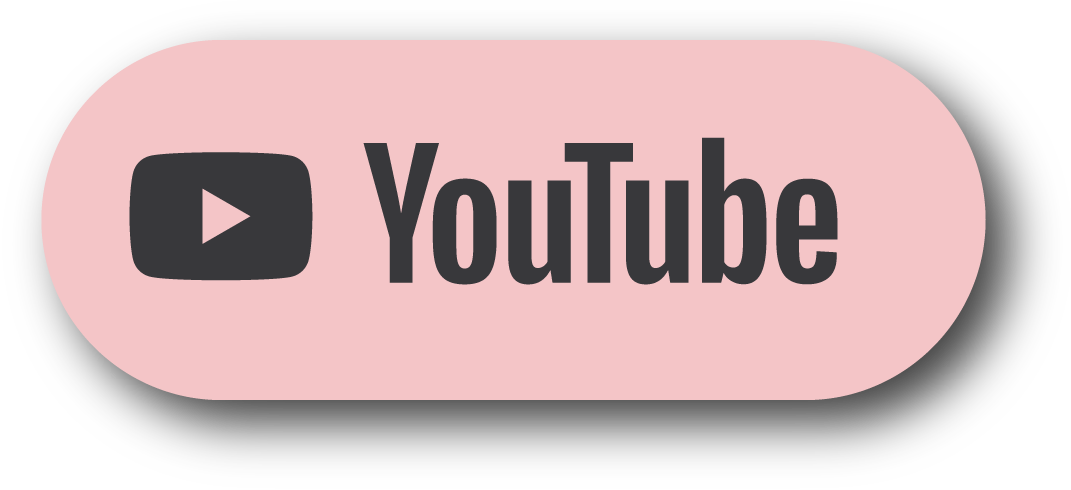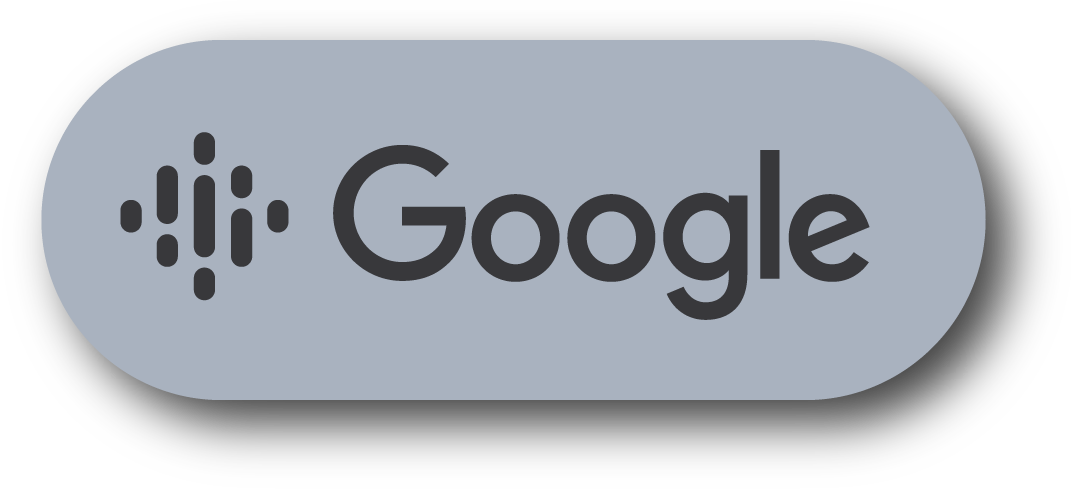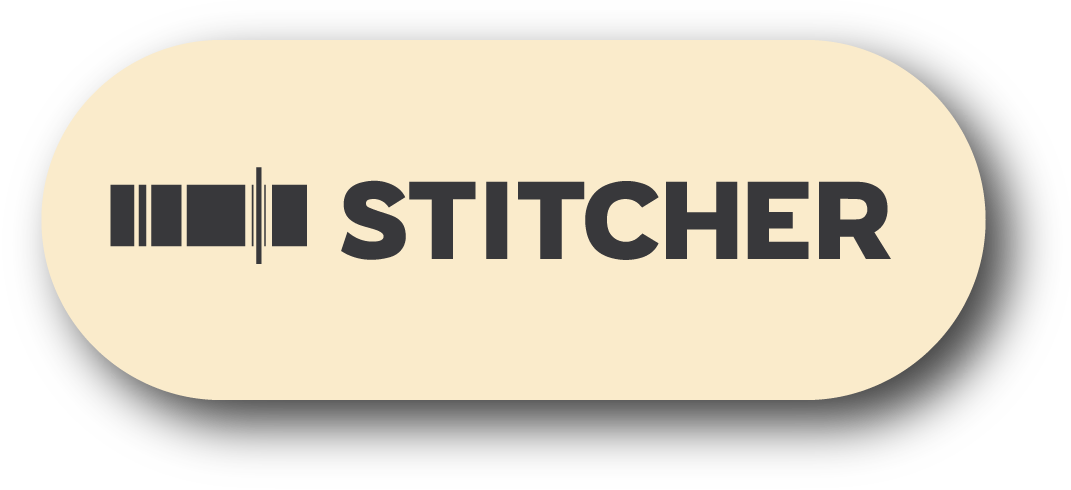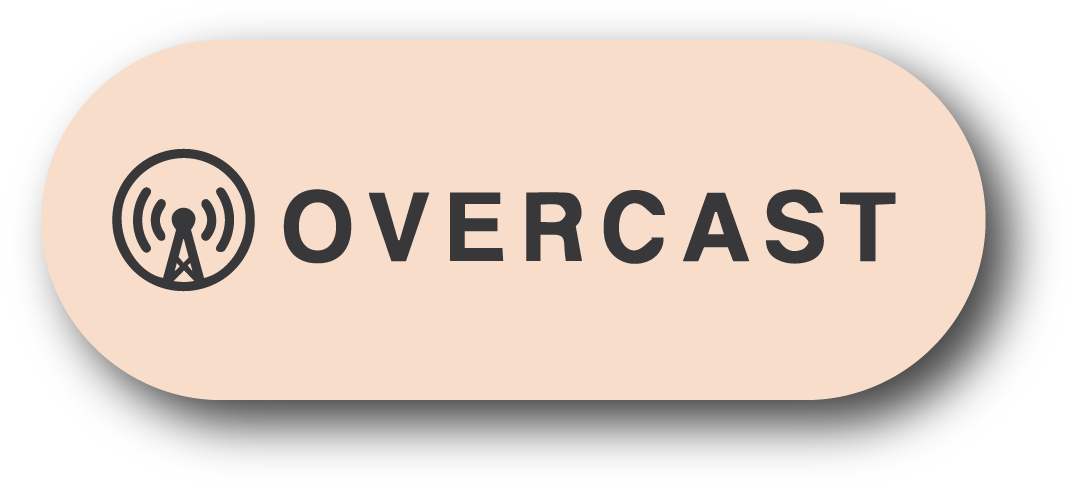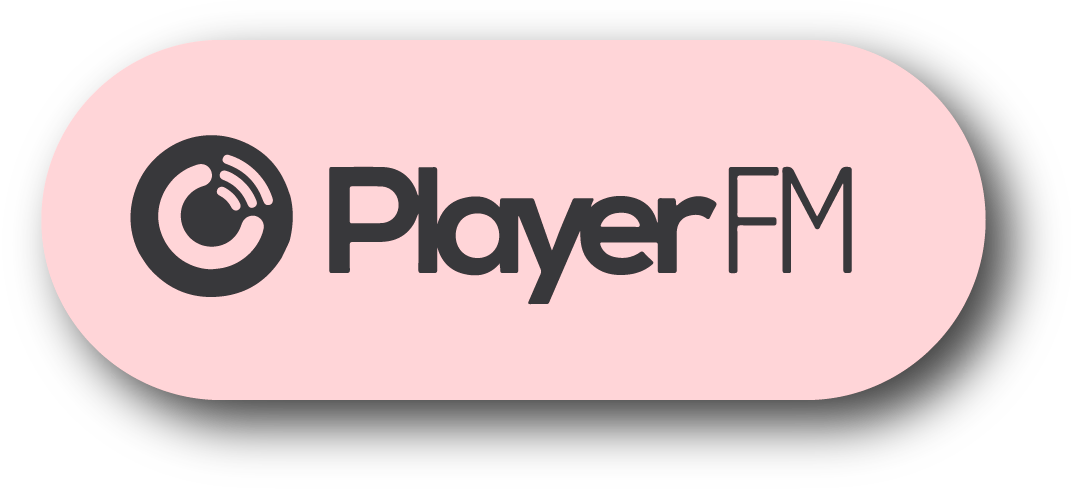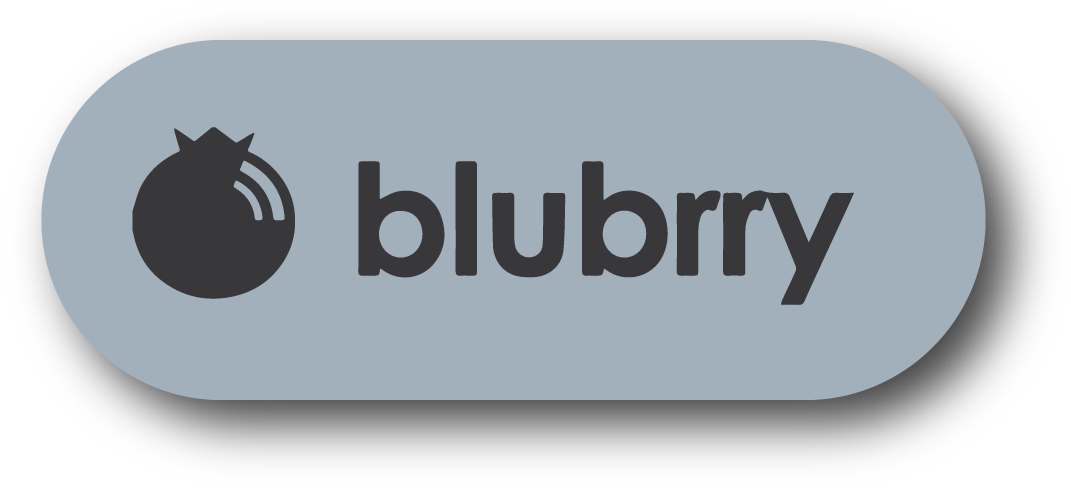#460 - TOM SPOJA, Partner at Backen & Backen
SUMMARY
This week David and Marina of FAME Architecture & Design are joined by Tom Spoja, Partner at Backen & Backen. The three discussed Tom’s background, the Case Study 2.0 fire rebuild program, history of Backen & Backen; working with remote employees, staying in one office throughout career, unique custom house design requests, establishing strong connection with clients, project challenges, fire resilient design, regenerative design practice, and more. Enjoy!
ABOUT TOM
Tom Spoja is one of the Backen & Backen’s longest serving employees since joining the company as an intern in 1999. Since then he’s worked in every design role at the firm and now leadership as a Partner.
His time at Backen & Backen working with the firm’s founders Howard Backen and Jim Gillam have imbued him with an understanding of their vision for harmony between design, nature and wellbeing reflected in the seminal monograph From the Land.
Over the last two decades, Tom has managed the development and collaborated on the design of some of Backen & Backen’s most significant residential estate projects for private clients across the country. Spoja’s work reflects his passion for carefully integrating client’s needs with beauty, sustainability, lifestyle and wellbeing to support them with legacy projects grounded in a deep respect for the land.
More recently, Tom has guided the Kenwood Resort development through a complex entitlement journey and leading collaborative efforts to design ranches and estates in the Mountain West, New York, and California.
TIMESTAMPS
(00:00) Tom's background.
(02:44) Case study 2.0 fire rebuild.
(09:12) Tom's education & early career.
(19:06) Backen & Backen history.
(23:33) Working with remote employees.
(25:43) Backen & Backen project types.
(29:58) Staying in one office.
“What I encourage the folks that work for me is to think about what they're interested in. What do they love to do? What sparks joy for them in architecture? They should go out and do that. Try other firms because there's important work being done in every area, whether it's multifamily or urban planning; they are all important aspects of our built environment. I just happened to luck into an area that is really meaningful to me, and so I stayed [in the same office].” (36:40)
(38:41) Unique custom house design requests.
(42:12) Establishing strong connections with clients.
“It's having the confidence to pivot on the fly. The ability to be confident in our process and our philosophy to not necessarily hold on to one answer. The beauty of design is that there are a lot of answers to any single problem. You're constantly weighing all these different variables. So, you say to the clients, “In our meetings and our process, we thought that these were the factors that were important and that drove us to make these decisions and solutions.” If you find out in the meeting that the client had a slightly different ordering of those variables, it’s all right, let's get out the trace and start going another direction. It’s having the confidence that the process can lead to the result, not necessarily that the result is the end-all be-all.” (48:30)
(49:37) Tom's career & developing skills.
(54:43) Project challenges.
(01:00:14) Designing with project context.
“The question that we always think about when a client says they want something is, what is the problem that we're trying to solve? Sometimes it's big existential problems like anxieties and societal issues, sometimes it's much, much smaller. It's taking the input and directive from a client and thinking about what it is that they're solving for, and trying to think at a higher level. That can sometimes lead us to come back to a client and say, “Yes, you asked for this, but what we're hearing is this. What do you think about doing this instead?” Sometimes you stick with the directive because there are those clients who say, “I want blue and give me blue.” Does blue mean that you want a calming space? There are a lot of opportunities to step back and find new pathways, rather than walking to the tried and true solution.” (01:06:59)
(01:08:26) Fire-resilient design.
“People could look at any of our projects and not necessarily know that they're a fire-resilient design. We're still using wood siding, but it has a class A fire rating, so you can use a blowtorch, and it won’t light up. You can still have large doors and windows, but that glazing is treated and tempered so that when the fire hits, it's not popping out. You could still have eaves too; you just have to make sure that when the ember gets up in there, it won’t enter the home. With all these strategies, you can still have a fire-resilient house that looks like a traditional home and not worry about needing to build a concrete box.” (01:13:07)
(01:17:57) Regenerative design practice.
“Could our work be healing beyond just being sustainable? Could our work heal the land and people? We often come to these sites, and they're rarely pristine. Even when we're working in the middle of the Rocky Mountains in Montana, we're coming across a site that's been clear-cut multiple times. There's an unhealthy forest of lodgepole that's growing back in a dense, fire-prone way. So, can our intervention in that space be regenerative to that land and heal it in a way that's not just sustainable, but better than it was before? Can good design leave people better than they were when they enter a space? We believe that that's possible.” (01:18:35)
